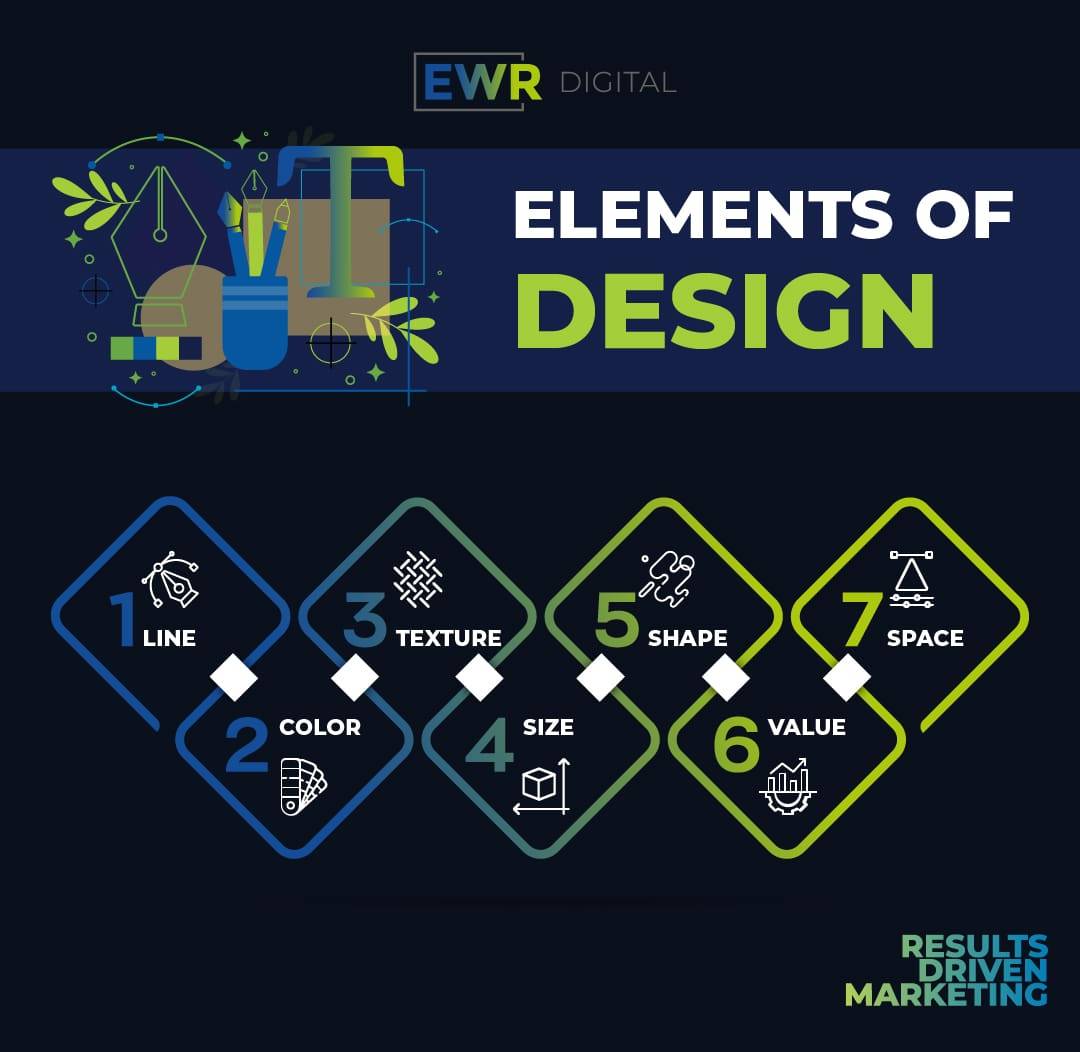In the ever-evolving digital landscape, a company’s website serves as its virtual storefront and a crucial touchpoint with customers, clients, and stakeholders. While building a website is a significant investment, considering a refresh every few years is not just about staying on trend; it’s a strategic move to maintain relevance, enhance user experience, and stay competitive in the fast-paced online world.
1. Reflecting Evolving Brand Identity
Dynamic Branding:
A company’s brand identity is not static; it evolves with market trends, changing demographics, and business growth. A new website allows for the incorporation of updated branding elements, ensuring that the online presence aligns seamlessly with the current state of the business.
Visual Consistency:
Consistency across all brand touchpoints is key. A refreshed website provides an opportunity to update visuals, color schemes, and design elements, creating a cohesive and modern representation of the brand.
2. Adapting to Technological Advancements
Responsive Design:
As technology advances, user expectations evolve. A new website enables the incorporation of responsive design, ensuring optimal viewing experiences across various devices. Mobile responsiveness is crucial in an era where a significant portion of internet traffic comes from smartphones and tablets.
Incorporating New Features:
Emerging web technologies bring new features and functionalities. Updating the website allows integration of the latest interactive elements, improved navigation, and innovative user experiences, ensuring visitors stay engaged and satisfied.
3. Optimizing for Search Engines
SEO Best Practices:
Search engine algorithms are constantly evolving. A new website provides an opportunity to implement the latest SEO (Search Engine Optimization) best practices, improving visibility on search engine result pages and attracting organic traffic.
Speed and Performance:
Page loading speed is a critical factor in SEO. A modern website can be optimized for speed, enhancing user experience and positively impacting search engine rankings.
4. Enhancing User Experience and Accessibility
User-Centric Design:
User experience is paramount. A website that is intuitive, user-friendly, and offers a seamless navigation experience contributes to higher visitor satisfaction. A redesign allows for a focus on user-centric design principles.
Accessibility Compliance:
Web accessibility is increasingly important. A new website can be designed with accessibility standards in mind, ensuring inclusivity and providing equal access to information for all users.
5. Staying Ahead of Security Threats
Cybersecurity Measures:
Cybersecurity threats are ever-present. An outdated website may have vulnerabilities that compromise data security. A new website can be built with the latest security measures, safeguarding both the company and its users from potential risks.
Conclusion:
Building a new website every few years is not merely a cosmetic upgrade; it’s a strategic decision to align the digital presence with the evolving nature of business, technology, and user expectations. By embracing change and staying ahead of trends, companies can ensure their website remains a powerful tool for attracting and engaging their audience while maintaining a competitive edge in the dynamic online landscape.


